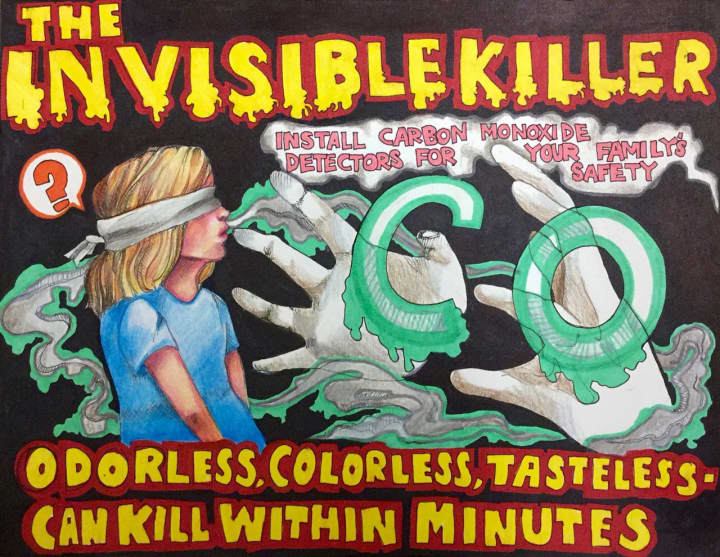Risk is higher because consumers use fuel-based heating appliances more. PSE&G urges customers to take preventative measures and be aware of the symptoms of carbon-monoxide poisoning.
Carbon monoxide is odorless, tasteless -- and potentially deadly. Small amounts are airborne whenever fuels like oil, natural gas, coal or wood are burned. It's not usually harmful, but if venting systems aren't working correctly, too much can build up in the air and be poisonous.
Symptoms include headache, dizziness, weakness, nausea, vomiting, chest pain and confusion. Symptoms can occur immediately, or gradually after long-term exposure.
Prevention is key, because people can also die in their sleep before experiencing any warning signs. It affects people of all ages, but infants and children are more susceptible.
PSE&G passed on these safety tips:
- Ensure all fuel-burning appliances -- furnaces, water heaters, ranges, space heaters and clothes dryers -- operate and are maintained properly. Improperly vented fireplaces and charcoal grills also produce carbon monoxide.
- Never use ovens or clothes dryers to heat the house.
- Install carbon monoxide detectors as back-up protection, but not as a substitute for proper use and maintenance of these appliances. The alarms provide an early warning before carbon monoxide builds up to dangerous levels.
- The U.S. Consumer Product Safety Commission recommends one alarm in each area of your house or business -- but if just one alarm is installed, put it in the bedroom.
- Check batteries regularly. Some modern smoke detectors contain a built-in carbon-monoxide detector.
- Don't idle vehicles, lawnmowers, snow blowers or gasoline-powered engines in a garage, basement or other enclosed space; their carbon monoxide can drift into living spaces.
- Program the emergency service number of your natural gas provider into your phone. PSE&G’s emergency service number is 800-880-PSEG (7734).
- If you think there are high carbon monoxide levels, wait outside or at a neighbor's. If someone falls unconscious, get them outside to fresh air first and then call 911, then PSE&G.
Click here to follow Daily Voice Hackensack and receive free news updates.


